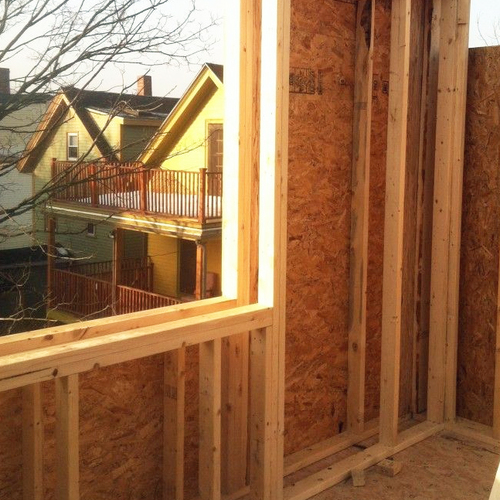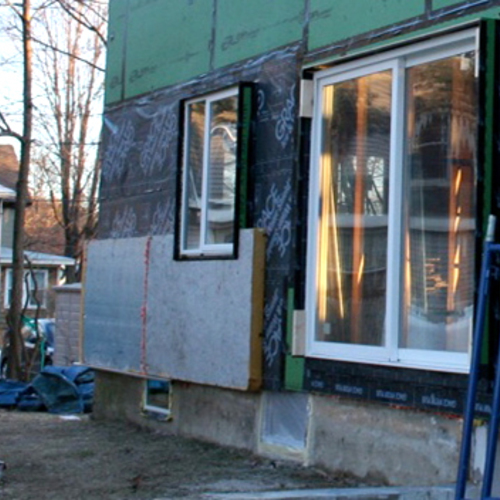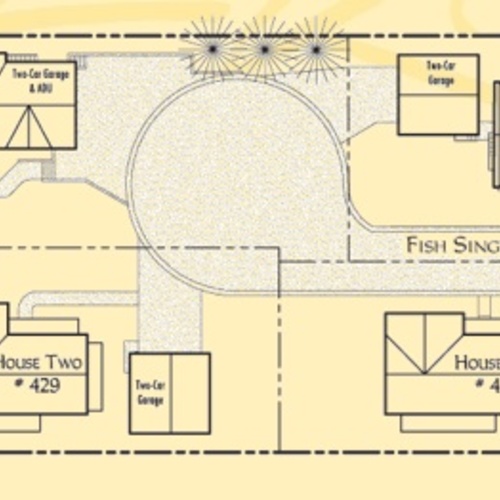TO GET THE BEST FROM INSULATION AND HVAC SYSTEMS, STICK WITH WHAT WORKS AND FIND WAYS TO IMPROVE
High-performance envelope details are non-negotiable BY DANIEL MORRISON
When designing a house with his customers, Chris Miles of Green Craft Builders in Lewisville, Texas, lets them choose the interior finishes, but for the thermal envelope and mechanical system details, “There’s no options on that,” he says. “They get options on finish-out like countertops and cabinets; but in order for the house to perform the way we say it will perform, we have the way we do it—and that’s the way we do it.”
More Job Site Visits
Open-Cell Spray Foam: Dallas, Texas
Affordable LEED: Westford, Mass.
Spray-Foam Retrofit: Brattleboro, Vt.
Other Video Series:
Miles monitors energy use in these houses so that he can learn from, and improve upon, the system. “We want to know five years from now how the house is doing, as far as the goals we set to perform on. We try to keep each house down to .02% air leakage,” he says. This requires an HVAC system that brings in fresh air every hour for about ten minutes. Two of the non-negotiable specifications are spray-foam insulation and an unvented attic. Moving the insulation from the attic floor up to the roof, as in the house featured here, will keep the attic within 5 degrees Fahrenheit of the rest of the house—a little warmer or cooler depending on the season. “Otherwise, that attic would heat up to 140 or 150 degrees real easy,” Miles says. This is like having an oven (or ice arena in winter) on top of your living space. Installing HVAC equipment and ductwork within this so-called conditioned attic allows the mechanical equipment to run much more efficiently; it doesn’t have to compensate for sitting in an oven or ice arena. The HVAC system can also be a lot smaller, and therefore less expensive.
Spray foam is becoming standard procedure for many builders
Demilac sales in Dallas have doubled every year for the last ten years, says Demilac’s vice president Shana Durkee. Spray foam used to be perceived as a boutique insulation product, something that only custom builders would use. Now it’s something that production builders use “because it doesn’t make sense not to,” she says. “The reduction in energy costs is helping people to buy more house.”
Green framing saves energy and wood
The spray foam does a great job of air-sealing between the studs and rafters, and Miles’s crew does an excellent job of air-sealing the framing, too. Speaking of the framing, this house is a great example of adanced framing — using finger-jointed studs in nonstructural spots, placed 24 in. o.c., with two-stud corners and a single top plate. Many builders are reluctant to try advanced framing because their local code jurisdictions are unfamiliar with or unwilling to accept all of the advanced framing details, but Green Craft Builders “is kind of the exception, because so far, we’ve probably done five or six municipalities here and they’ve accepted the advanced framing,” Miles says.
Green homes have low power bills
The homeowners, Elizabeth and Larry Melby, have learned a lot through the process. “This takes up our entire lives, so all of our friends, all of our family, they all know we’re doing advanced framing, and what that means.” says Linda. “I keep noticing people stopping by to ask questions,” adds Larry. “I did have one person who doesn’t get what we’re doing; he said ‘I wanted to see what a green house looked like… you’re paying 15% more,’ and he drove off. And I didn’t get a chance to offer him to come back down here in August and September and we’ll compare power bills.” —_Daniel Morrison is managing editor of Green Building Advisor_
Weekly Newsletter
Get building science and energy efficiency advice, plus special offers, in your inbox.











0 Comments
Log in or create an account to post a comment.
Sign up Log in